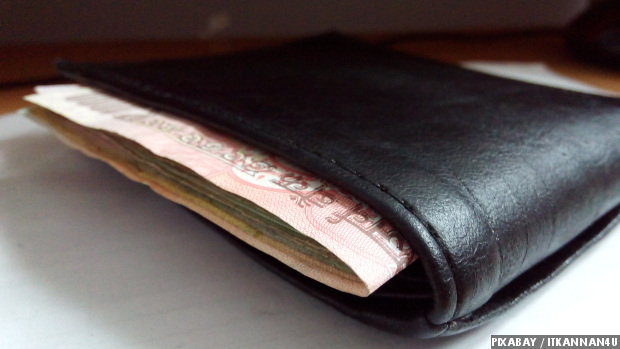Maharashtra, Delhi Pay 53% Of India's Income Tax
On 29 April 2016, Prime Minister Narendra Modi announced--for the first time ever in India--the release of income-tax data, which follows economist Thomas Piketty’s call for income-tax data transparency.
The data revealed by Central Board of Direct Taxes have five highlights:
1. Only 3.81% Indians come under income-tax assessment
As many as 48 million individuals were tax assessees* in the assessment year (AY) 2014-15, or 3.81% of India’s population.
The data further reveal that only 1% Indians actually paid tax in the AY 2012-13, and there were just 1.33 million income-tax assessees in India declaring income of more than Rs 10 lakh per year.
2. Women get 34% of new PAN cards
Of 27.6 million Permanent Account Number (PAN) cards allotted to individuals in financial year (FY) 2013-14, 9.3 million (34%) were given to women, indicating the gender disparity in India's organised workforce.
Men and women between the ages of 20 and 30 were issued the most PAN cards.
Source: Income Tax Department, Central Board of Direct Taxes, Government of India.
Only 27% of Indian women participate in the labour force, the second-lowest rate in South Asia after Pakistan; India could boost its gross domestic product or GDP by $700 billion (Rs 46 lakh crore) or 16% more than its business-as-usual growth within ten years by putting women on par with men, as IndiaSpend reported.
3. Direct tax collections up, but declines as overall share of total taxes
The government earned Rs 7.42 lakh crore ($114 billion) as direct taxes in 2015-16, a 66% increase from Rs 4.45 lakh crore in 2010-11.
Source: Income Tax Department, Central Board of Direct Taxes, Government of India.
However, the share of direct taxes as a percentage of all taxes has fallen from 60.78% in 2009-10 to 51% in 2015-16.
4. Maharashtra and Delhi account for 53% of direct tax collections
Just two of the 29 states and seven union territories account for 53% of India's direct tax collections. Maharashtra paid Rs 2.7 lakh crore as tax in FY 2014-15, 40% of all tax collections, followed by Delhi, Rs 91,247 crore, about 13% of total.
Source: Income Tax Department, Central Board of Direct Taxes, Government of India.
* Note: This includes corporate tax as well as individual tax.
5. Direct-tax to GDP ratio lowest in eight years
The direct-tax to GDP ratio has decreased from 6.3% in FY 2007-08 to 5.47% in 2015-16, the lowest in eight years, which should be a matter of concern.
Source: Income Tax Department, Central Board of Direct Taxes, Government of India.
Endnotes:
Population of India has been taken as 1274,239,769 in July 2015.The figure 3.81% may vary minutely depending upon the population changes but we have taken the number as on July 2015.
(Update: The story has been updated to reflect the correct numbers for AY 2012-13, and the link between black money and direct-tax-to GDP ratio.)
(Saha is an independent journalist based in Delhi.)
We welcome feedback. Please write to respond@indiaspend.org. We reserve the right to edit responses for language and grammar.
__________________________________________________________________
“Liked this story? Indiaspend.org is a non-profit, and we depend on readers like you to drive our public-interest journalism efforts. Donate Rs 500; Rs 1,000, Rs 2,000.”



